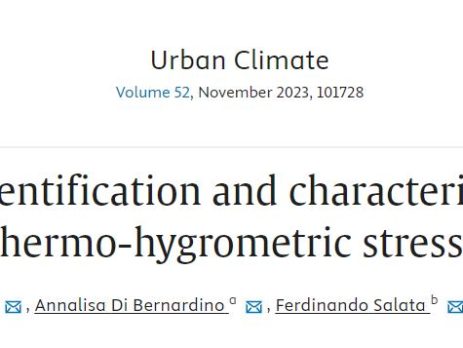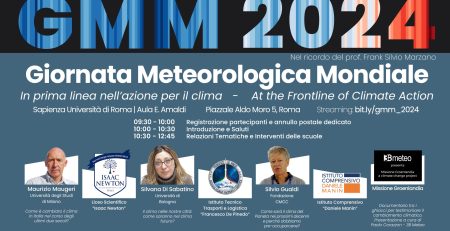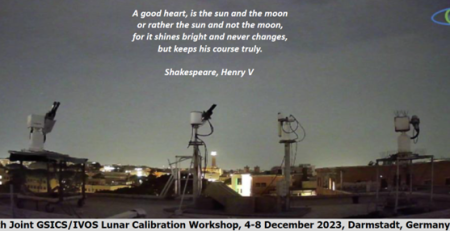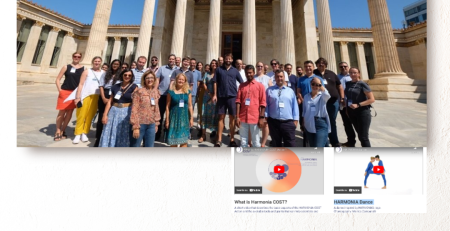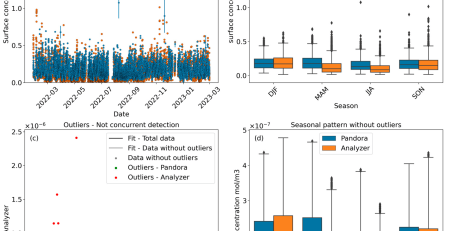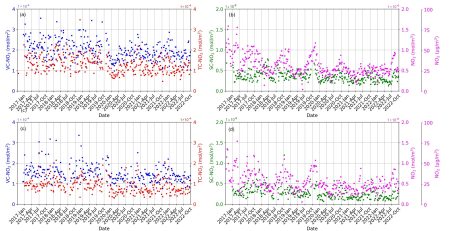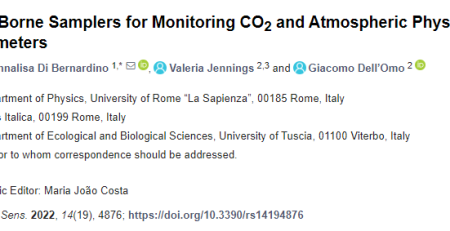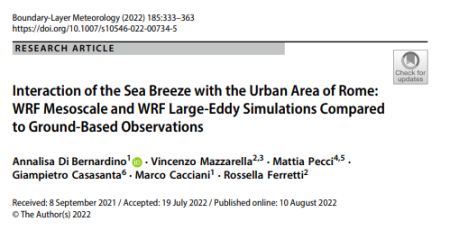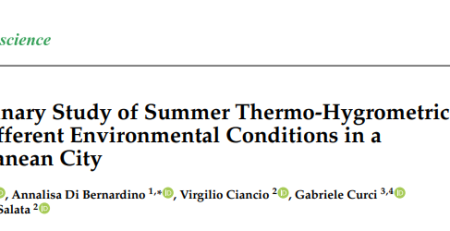On the identification and characterization of outdoor thermo-hygrometric stress events
Human thermal sensations are not controlled merely by the ambient temperature, but also by other biometeorological variables and personal factors. Therefore, thermo-hygrometric stress events need to be identified and monitored in addition to heat waves. The purpose of the present article is proposing a method for detection and characterization of thermo-hygrometric stress events, based on the rearrangement of heat waves indices and on new quantities. The Mediterranean Outdoor Thermal Comfort Index (MOCI) is used as a reference variable instead of the air temperature. The method is applied to Milan (Italy) for the 2022 summer, which: i) is the hottest in the period 1991–2020 with a temperature anomaly of 3.17 ◦C and ii) presents higher minimum temperatures (1.5 times higher) than those of the control period. The analysis of daytime values of MOCI demonstrates a cumulative MOCI higher than zero only in 2022. Hence, the lower fraction of data in the cold range determines a significant increase in the cumulative MOCI. The metrics on severe MOCI events in 2022 confirm the key-role of extreme temperatures. The proposed method is effective and, in this case, reveals the relevance of the cumulative thermal and thermo-hygrometric loads also in the absence of critical heating conditions.









